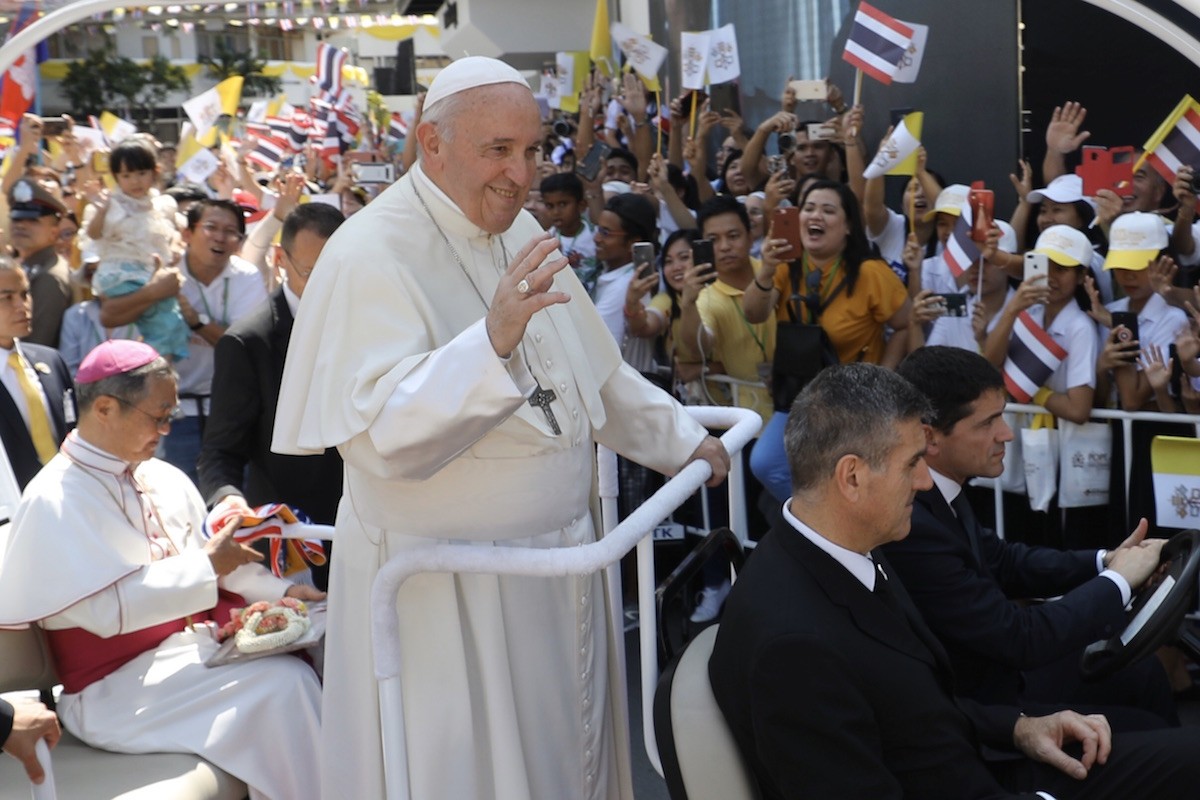A Muslim has leader said Pope Francis could visit Indonesia late in the year with stops to nearby Timor-Leste and Papua New Guinea (PNG).
Sheikh Yahya Cholil Staquf, who heads the 50-million strong Nahdlatul Ulama movement, made the announcement following a meeting with Pope Francis in Rome on Jan. 15 the Catholic News Agency (CNA) reports.
Nahdlatul Ulama, the largest independent Muslim organization in the world, backs a “humanitarian” form of Islam that rejects the notions of a caliphate, Sharia law and infidels.
Other Christian, Jewish, and Muslim leaders were present to discuss the promotion of peace and fraternity via the Abrahamic Faiths Initiative, CNA reports.
After their private talks, Yahya said Pope Francis expressed his intention to visit Indonesia, Timor-Leste, and Papua New Guinea in September.
Two popes have previously visited Indonesia — Pope St. Paul VI in 1970 and Pope St. John Paul II in 1989. Pope Francis has long expressed a desire to visit the country.
While Indonesia is home to 229 million Muslims — the world’s largest Muslim population — 24 million Christians also live there, 7 million of whom are Catholic.
Timor-Leste gained independence from Indonesia in 1999 following a decades-long rule occupation. The small nation has a population of just under 1.3 million people, 98 percent of whom are Catholic. Pope St. John Paul II visited the country in 1989.
Papua New Guinea, a predominately Christian nation which occupies the eastern half of New Guinea island, is 26 percent Catholic, according to previous census figures. The western half of New Guinea is a part of Indonesia.
Pope St. John Paul II visited Papua New Guinea twice with the first being in 1984 for the centenary of the arrival of the first missionaries in PNG. His next visit was in 1995 for the beatification of Peter To Rot who is believed to have been killed for his faith by Japanese occupation forces during World War II.







